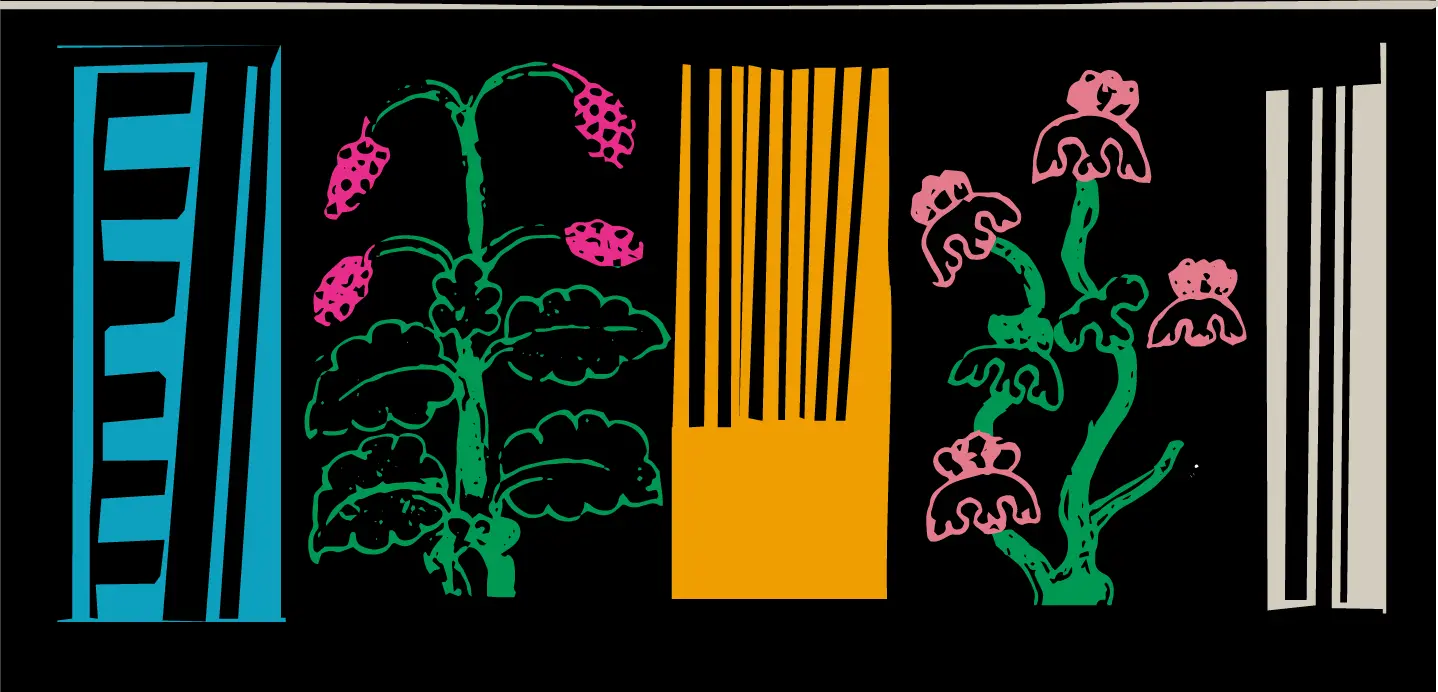Section 88: Views From Inner To Outer Compartments
2012 by Walid Raad
Live lecture performance by Markus Reymann
In 2007, Walid Raad initiated an art project about the history of art in the Arab world. His project leans on the recent emergence of a large new infrastructure for the visual arts in the Arab world. These developments, when viewed alongside the geo-political, economic, social, and military conflicts that have consumed the region in the past few decades, shape a rich yet thorny ground for creative work. With Scratching on Things I Could Disavow, Raad heeds the constraints and possibilities of this ground. Over the past few years, Walid Raad has been fascinated by the emergence of new art museums, galleries, schools and cultural foundations in cities such as Abu Dhabi, Amman, Beirut, Cairo, Istanbul, Sharjah and Doha, among others.
He is intrigued by the increased visibility of the makers, sponsors, consumers and histories of Arab art. And he is especially taken aback by the fast-paced development of a new infrastructure for the arts in the Arabian Gulf, an infrastructure that will include the largest-to-date Guggenheim Abu Dhabi Museum by Frank Gehry, a Louvre Abu Dhabi by Jean Nouvel, a Performing Arts Centre by Zaha Hadid, a maritime museum by Tadao Ando, and a Sheikh Zayed National Museum by Foster and Partners, all on the Saadiyat Island in Abu Dhabi. Sharjah’s efforts with its ongoing Biennale and Art Foundation, and Qatar’s Arab Museum of Modern Art as well as its I. M. Pei designed Museum of Islamic Arts are no less ambitious. Such plans clearly attest to the Gulf states’ laudable mandate to showcase local and regional cultures in their full complexity. They also shore up nascent cultural tourism industries, and substantiate the benevolent intentions of the Gulf states’ rulers, further sanctioning their hereditary rule. In his analysis of this emerging infrastructure, Raad is less interested in the fraught motives that prompt the sheikhs and sheikhas in the Gulf to invest in the arts than he is in screening these material developments through Jalal Toufic’s concept of “the withdrawal of tradition past a surpassing disaster.”




